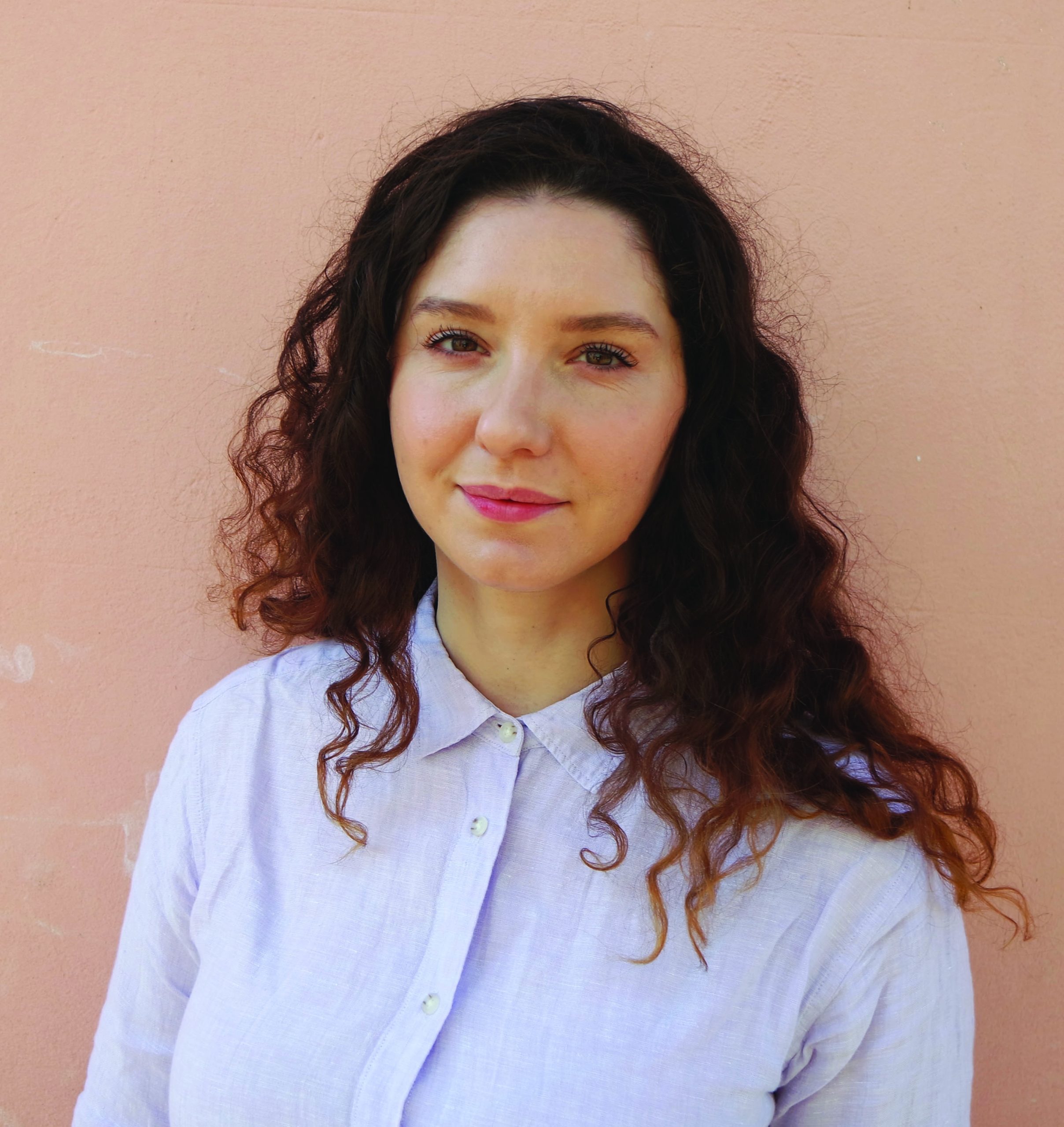This week’s story is one of breathtaking imagination and emotional depth, a tale of borders and visas, dreams and language, captivity and liberation. At The Offing, Sofia Samatar’s “An Account of the Land of the Witches” takes us from an ancient land of flying boats and towering headdresses, where a single word can transport a person across space and time, to a modern-day country of war and bombings, where the borders are closed and the citizens trapped. Samatar bends the boundaries of form and fantasy in this remarkable story about dreams, escape, and what lies at the edge of reality.
Arranged into five parts, “Land of the Witches” begins with the autobiographical account of a slave girl named Arta who travels with her merchant master to the Land of the Witches, where the women float on air and even time is malleable. The witches can bend time so unpleasant tasks are completed in a second and enjoyable moments are stretched to days. Even the children roll time into a ball and chase it down the stairs.” Samatar describes this land in verdant prose, with houses that “sprout rooms like parsley flowers, which sway on their long stalks as the wind blows,” and musicians who play “great flutes made of whalebone and harps as round as shields.” The witches practice a magic they call the Dream Science, in which words are doorways to dreams, and dreams can influence reality. It’s easy to get lost in Samatar’s fantastical concepts and lush descriptions of this place that is seemingly free of drudgery, longing, and pain, which is why the following paragraph hits the reader with all the weight of reality descending:
Once I had begun to practice the Dream Science myself, I was able to reduce my time be-neath my master to almost nothing. No sooner had he climbed onto me than he would roll off again. Outside the window, the stars would shrink and vanish like ice.
The second section of the story is a rebuttal by Arta’s master, who seeks to discredit her written account that has been widely disseminated and devoured by philosophers and by girls, the latter of whom the master writes “can match wits with an ostrich.” He complains of the logic of her account, of how she writes that the witches’ Land of Mourning is everywhere and nowhere at once. “A shifting border is no border at all,” he writes, entirely missing the point.
But it’s the third section that elevates the story to truly stunning heights. In this section, a grad student named Sagal who has been studying history in the United States returns to the war-torn country that was her home, possibly Sudan, to investigate the mysterious document now known as the “Account” and attempt to follow Arta’s footsteps to the apocryphal Land of the Witches. She does this despite the urgings of her brother still at home and the concerns of professors and friends. Then: a problem with her visa. No American embassy. She cannot leave. Samatar’s prose here is markedly different from the first or second sections. Where Arta’s writing is lush to the point you can almost feel it like humidity on your skin, Sagal’s is spare and stark as an exposed bone:
Coming home, the taxi passed one of the usual crowds. Only a few people wept openly. The blast must have occurred several hours before. A pair of trousers hung on a dead electric wire, as if it were washing day.
Now the evening turns blue. The heat dissipates.
In this third section, as Sagal continues what work on her thesis she can do from her brother’s home, the reports of bombs punctuating her days, she deliberates the location of the the Land of the Witches: was it “somewhere in Europe (where I can’t go)? Was it in China (where I can’t go) or even Siberia (where I can’t go)?” She’s trapped, her mind pushing every day against a locational reality she cannot change. It’s here that the witches’ Dream Science and its ability to allow travel just by dreaming of a single word takes on true significance. It’s here that we see that the Dream Science is a science of stuck people, of the trapped, the desperate. It’s a science for those who can only escape in dreams.
I hesitate to write this but I have begun to travel in dreams…
Faces at checkpoints. Your father drinking tea. The explosion, the gap in the wall. You can see his leg. Suddenly Canada. Wind across the St. Lawrence River. There are no flying boats. Oh, Sagal, don’t come home. The phone pressed against your ear in the student union where someone is walking by with a pitcher of reddish beer. Crows in the sky like the broken pieces of someone who thinks, I could be, I should be, dead. What does it mean to dream of these things?
“An Account of the Land of the Witches” appears in Samatar’s short story collection Tender: Stories, out from Small Beer Press next week. Author of the novels A Stranger in Olondria (2013) and The Winged Histories (2016), Tender is Samatar’s first collection of short fiction, with nineteen fantastical stories and one novella that play with the boundaries of form, landscape, emotion, and identity.
In “Land of the Witches,” Samatar displays a mastery of language and the power of words: their particular evocations, their overlapping connotations, their echoing resonance, and, most important of all, their transporting magic. With this story, Samatar has her own kind of magic at work, making us wonder, what is a story if not a spell?
***
Logo art by Max Winter.




